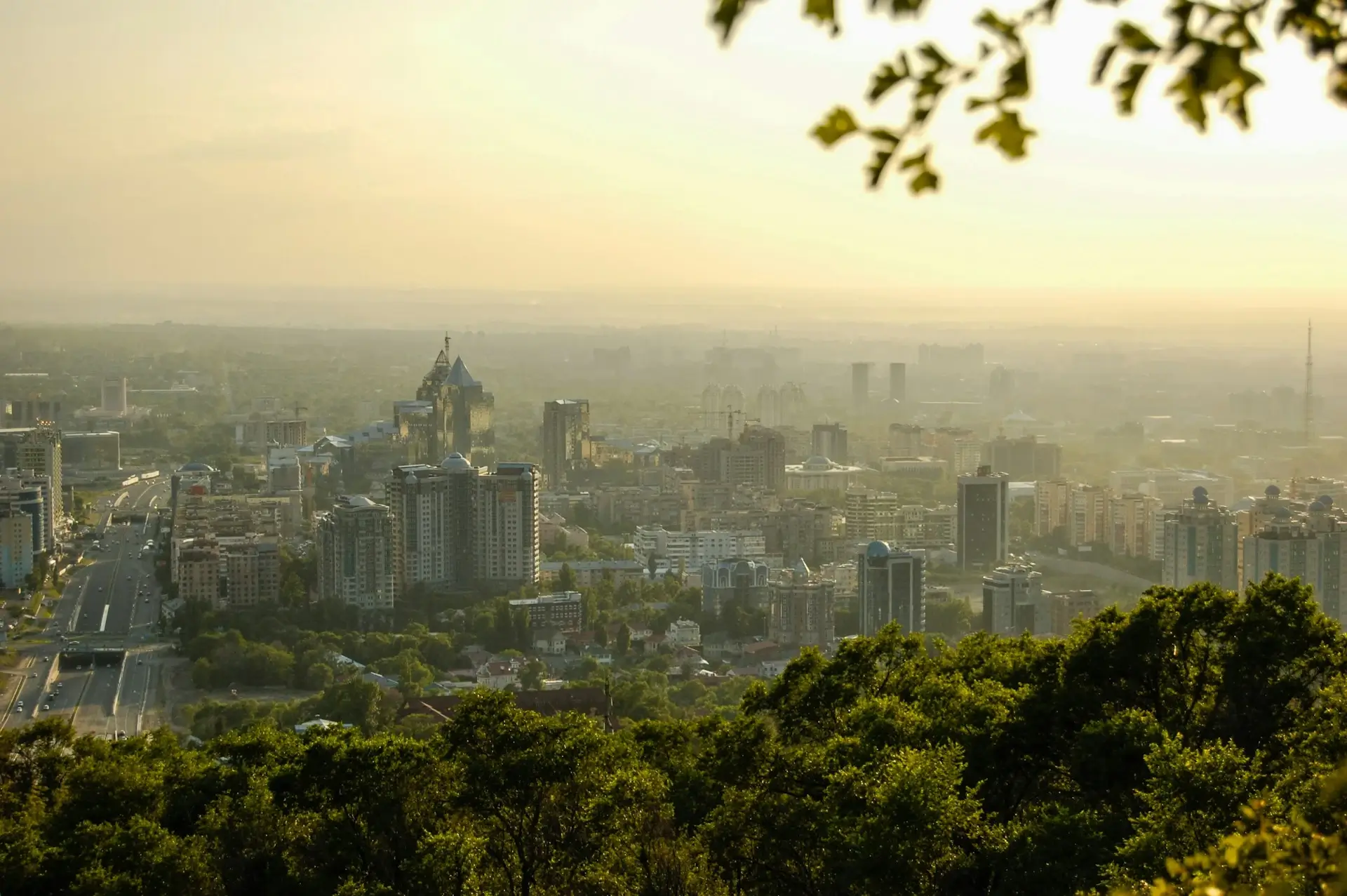
Celebrating a Decade of Global Infrastructure Development: The Belt and Road Initiative
A Decade of Progress: The Belt and Road Initiative’s Journey Begins
This year, the Belt and Road Initiative (BRI), a massive infrastructure development project, marks a decade since its launch in Kazakhstan. The country has played a pivotal role in this endeavour, hosting the initiative’s announcement by Chinese President Xi Jinping in September 2013.
Infrastructure Development and Economic Cooperation: The BRI’s Core Objectives
The BRI aims to enhance regional connectivity and promote economic cooperation across Asia, Europe, Africa, and beyond. By improving infrastructure, the initiative seeks to create a more integrated and interconnected global economy, driving economic growth and development. As Xi Jinping noted during the announcement, “Building high-quality, sustainable, risk-resistant, reasonably priced, and inclusive infrastructure will help countries to fully utilize their resource endowments.”
The Belt and Road Initiative’s Components: The Silk Road Economic Belt and the 21st Century Maritime Silk Road
The BRI comprises two main components: the Silk Road Economic Belt, which focuses on overland connectivity, and the 21st Century Maritime Silk Road, which focuses on maritime routes. These components are designed to facilitate economic cooperation and regional connectivity, fostering a more interconnected world economy.
Enhancing Regional Connectivity: The BRI’s Impact
The Belt and Road Initiative has already made significant strides in enhancing regional connectivity. Specifically, by improving infrastructure, the initiative has increased trade volumes, stimulated economic growth, and created new opportunities for international cooperation. Moreover, as the BRI celebrates a decade of progress, its impact on global infrastructure development and economic cooperation is undeniable. Furthermore, the initiative has facilitated the construction of roads, railways, ports, and other critical infrastructure across multiple countries and regions.
Additionally, it has fostered greater collaboration and knowledge-sharing among participating nations. Consequently, the BRI has emerged as a catalyst for sustainable development and inclusive growth. In essence, this ambitious undertaking has reshaped the global economic landscape, forging stronger interconnectivity and mutually beneficial partnerships. Overall, the Belt and Road Initiative’s achievements over the past ten years have been remarkable, and its future potential remains vast.
Looking to the Future: The BRI’s Enduring Legacy
The ‘Belt and Road Initiative’ will continue shaping the ‘infrastructure development’ landscape globally. This ambitious initiative has made significant progress already. Consequently, it will remain a driving force behind economic cooperation worldwide.
Moreover, the BRI fosters enhanced regional connectivity across nations. It facilitates collaboration on large-scale infrastructure projects transcending borders. As a result, new trade corridors and transport networks emerge steadily.In essence, the ‘Belt and Road Initiative’ catalyzes sustainable development globally. It mobilizes resources for critical ‘infrastructure development’ needs equitably. Hence, this initiative’s impact will reverberate for decades ahead.
